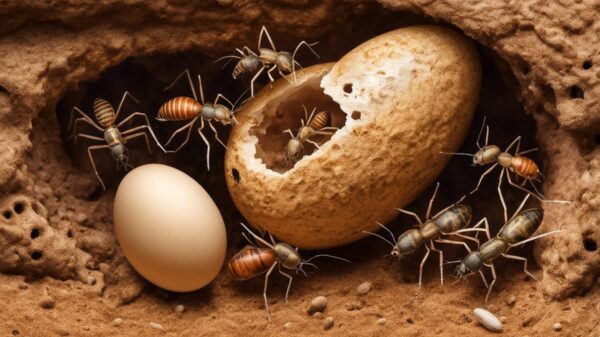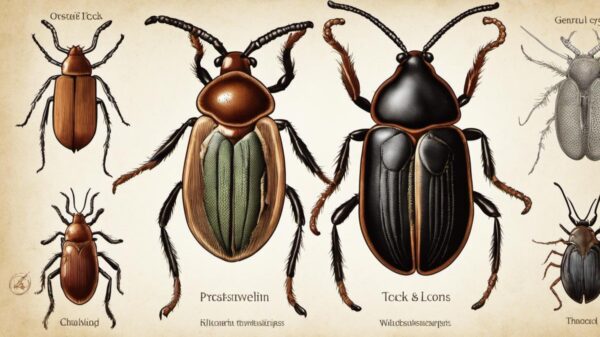Termites, despite their small size, have the potential to cause massive destruction, particularly to properties where they choose to establish their colonies. These tiny insects, often dubbed “silent destroyers,” are far more than just simple pests. The ability of termites to silently eat away at your home, often undetected until substantial damage has occurred, magnifies their potential danger. This essay will give you an in depth understanding of termites, the damage they can cause, the benefits of regular termite inspections, and a detailed overview of the termite inspection process.
Understanding the Nature of Termites
Understanding Termites and Their Behavior
Termites are insects that have a centralized society with distinct roles and responsibilities for each member. They operate in a caste system consisting of the queen, king, workers, and soldiers. While the queen and king handle reproduction, worker termites chew wood and other cellulose materials to feed the colony, and soldiers protect the colony from threats.
Within this social structure, the termite queen lays thousands of eggs each day to support their colony’s growth. When these eggs hatch, the young termites undergo a metamorphosis over several molts, transitioning from larvae to young insects and eventually becoming workers, soldiers, or winged reproductives known as alates. These alates eventually become the future kings and queens of new colonies once they mate and find suitable new habitats.
Termites primarily feed on cellulose, a component of plant material most commonly found in wood. However, termites are not just restricted to wood; they can consume any matter that contains cellulose, such as cardboard, paper, and any other plant-based material. Ironically, this diet creates the primary reason why termites pose such a risk to properties.
The termites have a unique and efficient system of finding food. They create a network of tunnels, some as long as a football field, with the only objective of locating food. These tunnels, often called “mud tubes,” serve dual purposes – they not only help termites find food but also maintain the highly humid and dark environment that termites need to survive.
The Importance of Yearly Termite Inspections
Termites, given their preference for wood and plant-based materials, pose a significant threat to properties containing these elements. Unbeknownst to many property owners, these critters can inflict substantial structural damage before their presence is detected, making termite inspections an indispensable safeguard.
Termites multiply rapidly and, depending on the scale of an infesting colony and the availability of food (cellulose), can inflict substantial harm to a property within a mere six months to a year. Furthermore, termites employ elusive means of travel through mud tubes, rendering property owners largely unaware of an infestation until significant damage is done.
A termite infestation can also depreciate a property’s worth significantly, a devastating blow for anyone planning a property sale. Regular termite inspections can help ensure that termite activities are identified promptly and the appropriate termite treatments are applied, mitigating the potential damage and preserving the integrity and market value of the property.
Another pertinent reason to conduct yearly termite inspections is that several insurance policies do not cover damage caused by termites, and treating an infestation can prove to be costly.
Consequently, an annual termite inspection is vital not only for addressing existing infestations but also for preemptive measures. It helps identify termite activities at their initial stage, deter future infestations, and minimize the risk of severe property damage and the ensuing financial losses.
Worth noting also is that certain U.S. states mandate termite inspections before any real estate transaction can occur. Even in areas where there is no such requirement, it is prudent for property owners to conduct an annual termite inspection to safeguard their long-term investment.
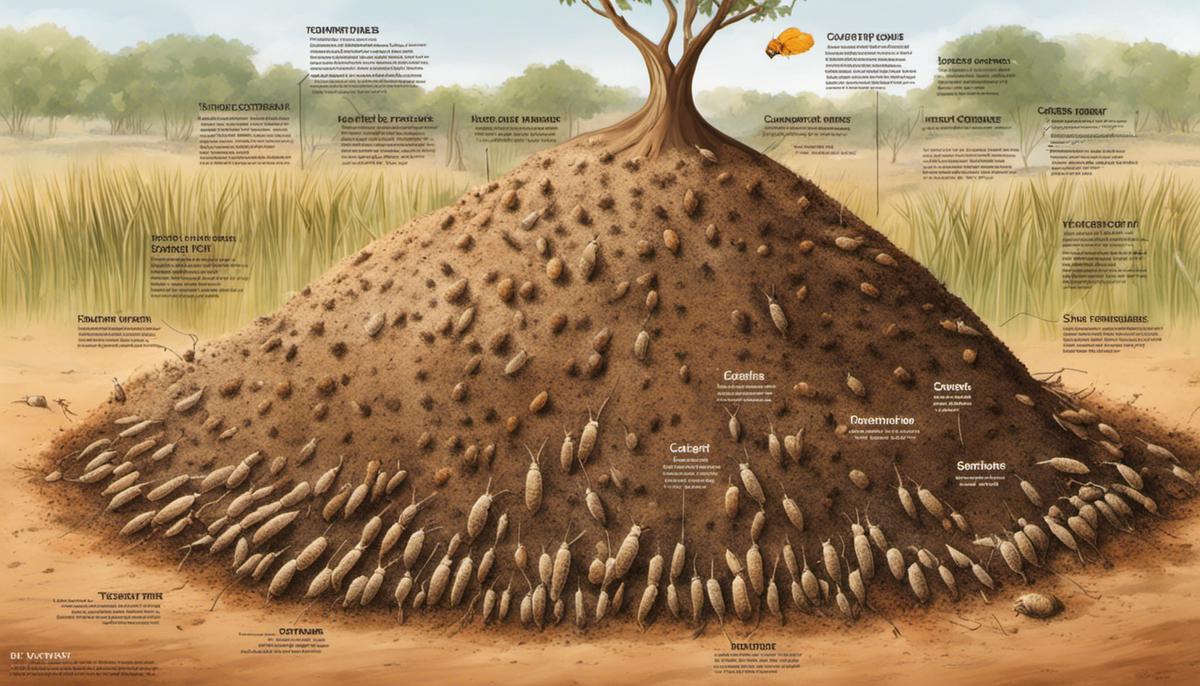
The Potential Damage Caused by Termites
Termites: A Silent, Hidden Threat
Termites have earned the moniker of “silent destroyers” due to their ability to stealthily gnaw through wood, flooring, and even wallpaper. The gradual feeding activities of these pests can undermine the structural integrity of buildings and exact a hefty financial toll on property owners.
As stated by the National Pest Management Association, termites are responsible for over $5 billion in property damage annually in the United States alone. Additionally, insurance policies for homeowners seldom cover the cost of the damage caused by these pests. As such, it becomes vitally important for property owners to conduct regular termite inspections as an effective preventive measure.
Structural Damage Caused by Termites
Termites can cause severe structural damage if their colonies are left unchecked. Their powerful jaws are capable of eating through structural supports and foundation elements such as beams, posts, floor joists, or even the foundations. The damage often goes unnoticed until it becomes substantial due to the termites’ ability to eat from the inside out.
In severe cases, structural damage from termites can render properties uninhabitable. Walls may become unstable or collapse, floors can buckle, and even the roof can cave in because of the weakening effect these pests have on supporting structures. Furthermore, repairing the damage can be highly disruptive and costly. There are many case studies available that illustrate the profound impact termites can have if their presence is not detected in time.
Financial Repercussions
The financial impact of termite infestations can be crippling. The average cost for treating a termite infestation can range from $500 to $2,500 for a residential property, based on the severity of the infestation and the type of treatment required. However, the cost can climb significantly if structural repairs are needed. Some property owners have faced costs of up to $10,000, or even higher for larger properties or more severe damages.
Besides direct costs, there’s the possibility of indirect costs, such as reduced property value. A history of termite infestation can negatively impact a property’s market value and can discourage potential buyers.
Annual Termite Inspections: A Wise Investment
Given the potential destructive power and associated costs of termite infestations, annual inspections by a certified pest control professional are absolutely a wise investment. These inspections can help in early detection of termite activity before it turns into a full-blown infestation that tends to incur substantial costs in treatment and repairs.
Professional termite inspectors deploy various strategies and tools, such as moisture meters, sounding tools, and infrared technology to detect termites’ presence. When the inspection is performed annually, it increases the chances of catching potential issues early on in the infestation, making treatment more effective and potentially less expensive.
As a property owner, it is crucial to understand the high financial implications of termite damage. These destructive pests can cause severe structural damage which is costly to repair. Thus, to protect one’s investment and to preempt potential financial burden, annual termite inspections are effectively a necessity.

The Benefits of Regular Termite Inspections
Unseen Damage: The Silent Threat of Termites
Every year, termites cause billions of dollars damage to properties, silently eating away at the structural integrity of homes. Often referred to as “silent destroyers,” termites can chew through wood, floorboards, and even wallpaper without detection. Their damaging habits may lead to severe issues with a property before any noticeable signs become apparent, reinforcing the importance of regular inspections.
Early Detection Saves Money
Regular annual inspections are crucial to catching signs of termite infestations early. When caught in early stages, the cost and extent of damage repair are significantly reduced. By not ensuring regular inspections, property owners risk letting termite infestations go unchecked, potentially resulting in extensive structural damage. The cost of an annual termite inspection pales in comparison to the cost of repairing termite-caused damage.
The Value of Professional Expertise
Termite inspections are not a simple process that can be completed without professional training and experience. Professionals are trained to identify the subtle signs of termite activity, even that which remains hidden to the untrained eye. The use of specialized tools and knowledge enables these professionals to thoroughly examine a property for any evidence of current or past termite infestations, and any damages they may have caused.
Preserving the Value of Your Property
Ensuring the structural integrity of your property is not the only reason for regular termite inspections. Properties infested with termites may see their market value plummet, even if the infestation has been dealt with. Regular termite inspections indicate the property has been well-maintained, thereby maintaining and often increasing its market value.
Compliance with Lender Requirements
Many mortgage companies require a termite inspection before approving a loan on a home. Termite infestations can lower the value of the property, making it a risky investment for the lender. By having regular annual inspections, it is easier to ensure that a property remains in compliance with these requirements.
Prevention of Future Infestations
During a termite inspection, professionals will not only look for signs of an existing infestation, but also for conditions that may encourage future infestations. By identifying and addressing these conducive conditions, like excess moisture or wood-to-ground contact, homeowners can take proactive steps to prevent future termite problems.
Maintaining an annual termite inspection is an extremely wise decision for any property owner. Conducting these inspections annually not only allows for early detection of any termite infestation but is also instrumental in maintaining the value of your property. Moreover, these inspections meet lender requirements and act as a protective shield safeguarding your property from potential termite issues in the future.
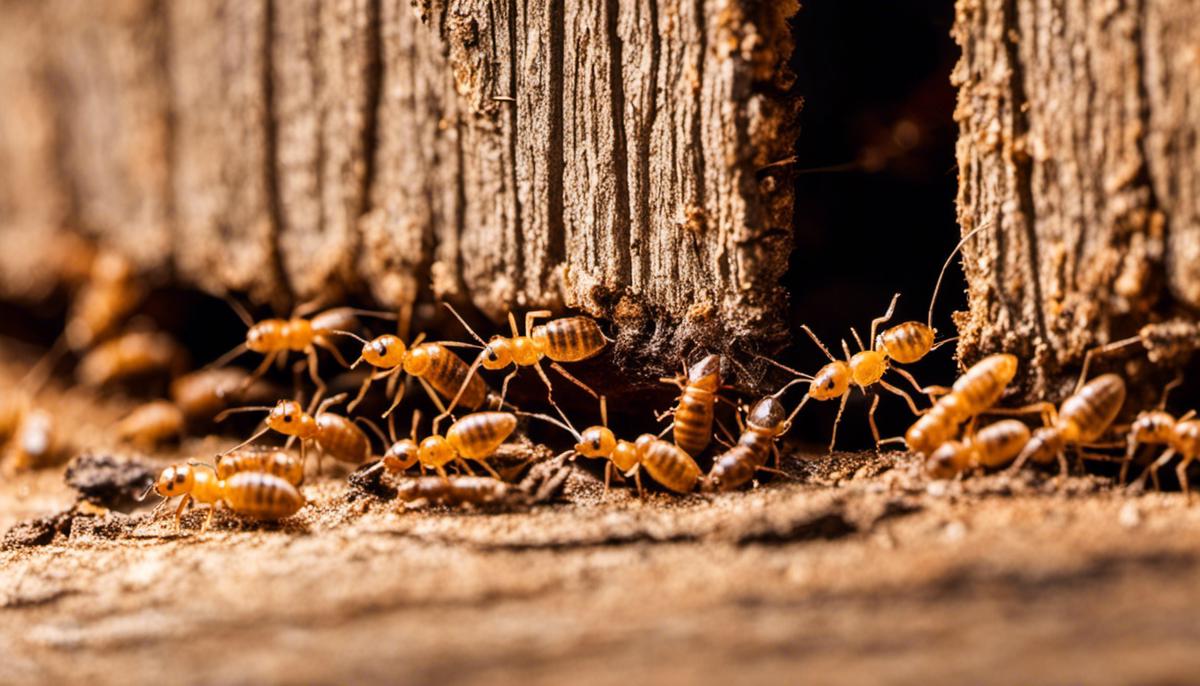
Understanding Termite Inspection Process
Grasping the Termite Inspection Procedure
Termite inspection involves a certified professional conducting a thorough examination of a property, which could be residential or commercial, to identify any hints of termite infestation. Given the severe threats that these insects pose to the structural integrity of a building, termite inspections serve as a key step in preventive maintenance. Tools frequently employed during these inspections include moisture meters, sounding tools, and specialized termite detection devices.
Moisture meters are used to locate damp spots, where termites typically thrive. Sounding tools aid the inspector in discerning the resonance of the structure, by listening for hollow or paper-like sounds, indicative of termite damage. Lastly, inventive radar or thermal imaging tools can pinpoint termite activity concealed within walls, without causing any harm to the structure.
Areas Inspected During the Process
All accessible areas of a property are usually inspected for signs of termites. This includes both exteriors and interiors. Outside, inspectors will look at areas like the foundation, exterior walls, windows, doors, and roof. They will also check outdoor wooden structures like decks for signs of termite activity.
Inside, the process involves inspecting walls, floors, ceilings, crawl spaces, and attics. Special attention is often given to areas where wood connects with soil and any places showing water damage, as these situations create ideal conditions for termite habitation.
Essential Elements of a Termite Inspection Report
After the inspection, a detailed report summarizing the findings is provided. This critical document outlines the type of termites identified, if any, and their current and potential impact on the structure. It also offers an overview of any conditions that may foster termite infestation, like excess moisture or wood-to-soil contact.
The report suggests preventative treatments or actions required to rectify any existing termite issues. It also typically includes a quote for any necessary treatments, giving homeowners an understanding of the associated costs.
Preparation Tips for a Termite Inspection
While experts handle the majority of the work during a termite inspection, homeowners can take a few steps to streamline the process. These might include moving furniture or appliances that block termite inspectors’ access to walls, floors, and door frames, and removing storage from attics and crawl spaces before the assessment. It is also beneficial to rectify any known moisture issues as these conditions attract termites.
The Importance of Annual Termite Inspections
Getting a property inspected for termites annually is crucial for several reasons. Primarily, it aids in early detection, which can prevent extensive and costly damage. Termites can silently infest a home for years without noticeable signs. An annual inspection ensures the infestation is discovered and eliminated before serious damage occurs.
Additionally, in regions where termites are commonplace, an annual inspection is almost always required by homeowners insurance policies. Even for those in areas where termites aren’t a primary concern, a yearly inspection offers peace of mind that a property is safe from one of the most damaging pests.
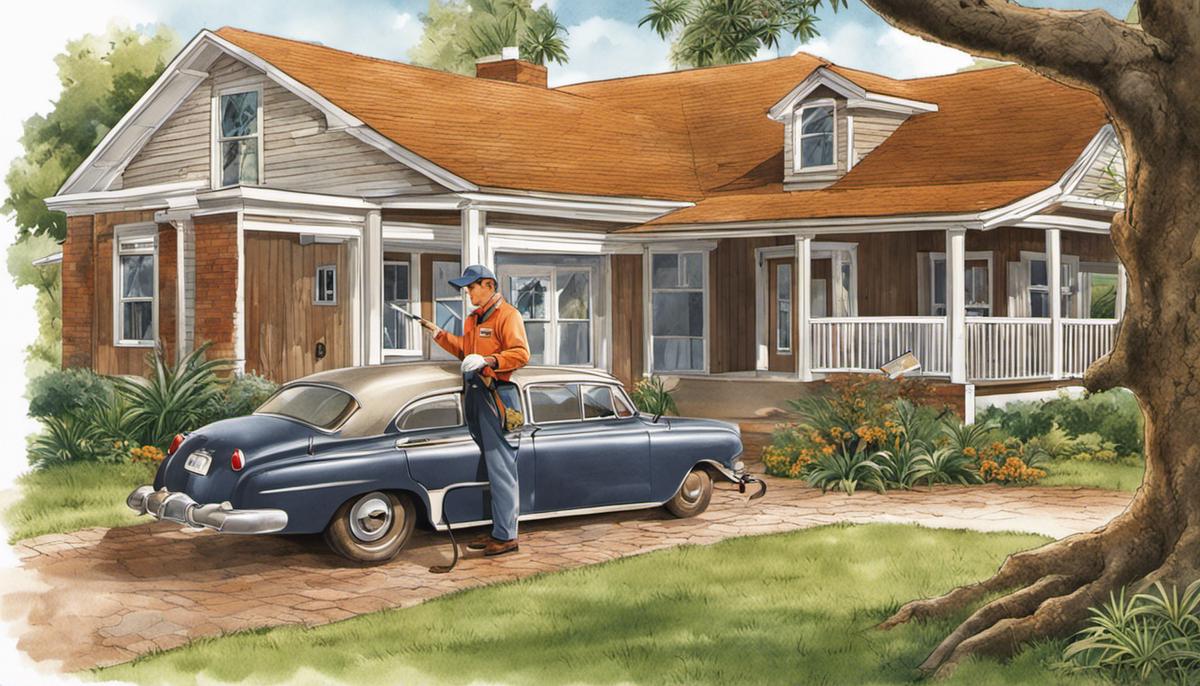
It’s clear that taking proactive steps, such as regular annual inspections, is crucial to minimizing the risk and potential damage caused by termite infestations. The understanding of how termites operate, coupled with knowledge about professional inspection processes, is vital. By doing so, homeowners not only secure the integrity of their property, but they also protect their financial investment. Remember, the cost of an inspection is minimal compared to the potential cost of repairs from termite damage. Therefore, yearly termite inspections need to be a regular part of any conscientious homeowner’s routine.



